Building an app can be a game-changer for your company, but how to make an app for your business without overloading your development team? The key lies in smart planning, leveraging the right tools, and understanding when to outsource. In this guide, you’ll learn how to balance ambition and resource constraints to deliver a powerful business app while protecting your team’s wellbeing and productivity.For expert support, consider professional mobile app development services that align with your business goals.
%20(1).png)
Why Your Business Needs an App
Customers expect immediate access, seamless experiences, and personalized support. That’s why creating an app for your business isn’t just about being modern, it’s about staying relevant.
An app puts your brand directly into users' pockets, offering faster engagement through push notifications and easier access than a mobile site can ever provide. Beyond convenience, it also enables deeper customer understanding: you can track usage patterns, identify drop-off points, and optimize interactions based on real-time data.
In the world of business app development, this means turning user behavior into actionable insights, driving retention, and increasing lifetime value. Whether you’re in retail, professional services, or SaaS, an app can be the cornerstone of a richer, more profitable customer relationship.
Benefits of Having an App for Your Business
When done right, building an app unlocks tangible results:
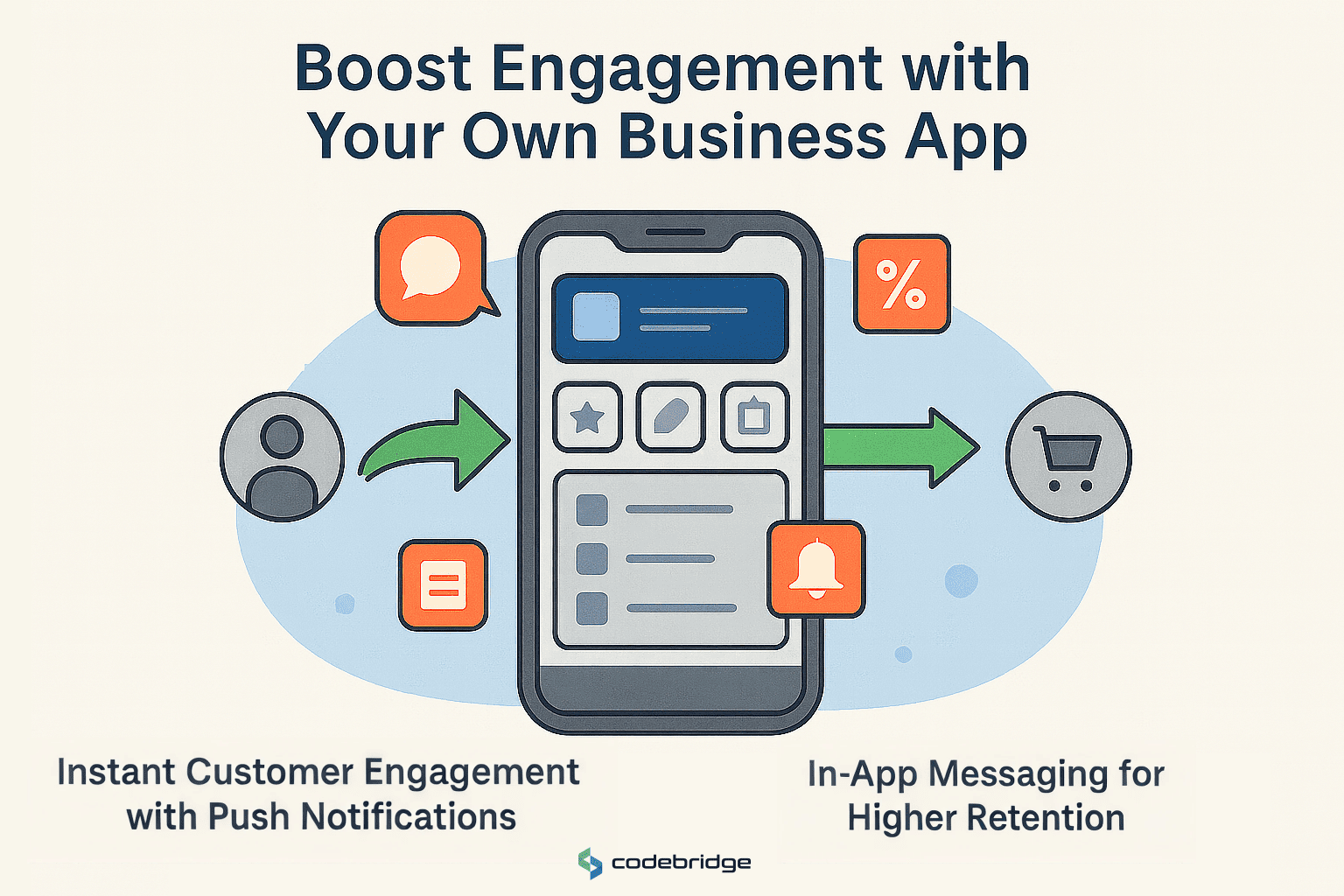
- Direct engagement channels – push notifications, in-app messaging, and widgets that bring customers back
- Higher conversion rates – a streamlined, native-like experience beats web browsers for sign-ups and purchases
- Data-driven optimization – integrated analytics give insight into user behavior and app performance
- Brand loyalty and trust – a well-designed app feels premium and enhances reputation
- Competitive edge – apps are still distinguished in many industries, especially B2B and service providers
In 2021, more than 100 billion apps were downloaded for the first time. This number is expected to reach around 200 billion by 2025, according to Business of Apps. Clearly, this is one of the best times to create an app and compete for your share of the market.
From a business app development perspective, these benefits compound over time, giving your company outsized value from what started as a resource-conscious app project.
How Apps Improve Customer Experience and Retention
An outstanding app does more than deliver functionality; it reduces friction, creates familiarity, and encourages regular use. Imagine users accessing your content offline, receiving timely reminders for appointments, or progressing through features with ease. This kind of experience drives retention and earned loyalty.
A fully functional app enables:
- Smoother onboarding with personalized guides
- Faster feature discovery through UI patterning
- Push-based engagement that keeps users active
- Feedback loops (ratings, surveys) that foster community and improvement
By focusing on how creating an app for your business improves retention early, you ensure every development hour contributes to long-term value.

Steps to Build an App for Your Business Without Overloading Your Team
Developing an app doesn’t have to overwhelm your dev team if you approach the mobile app development process methodically. Let’s walk through the essential steps:
Step 1: Define Your App’s Purpose and Features
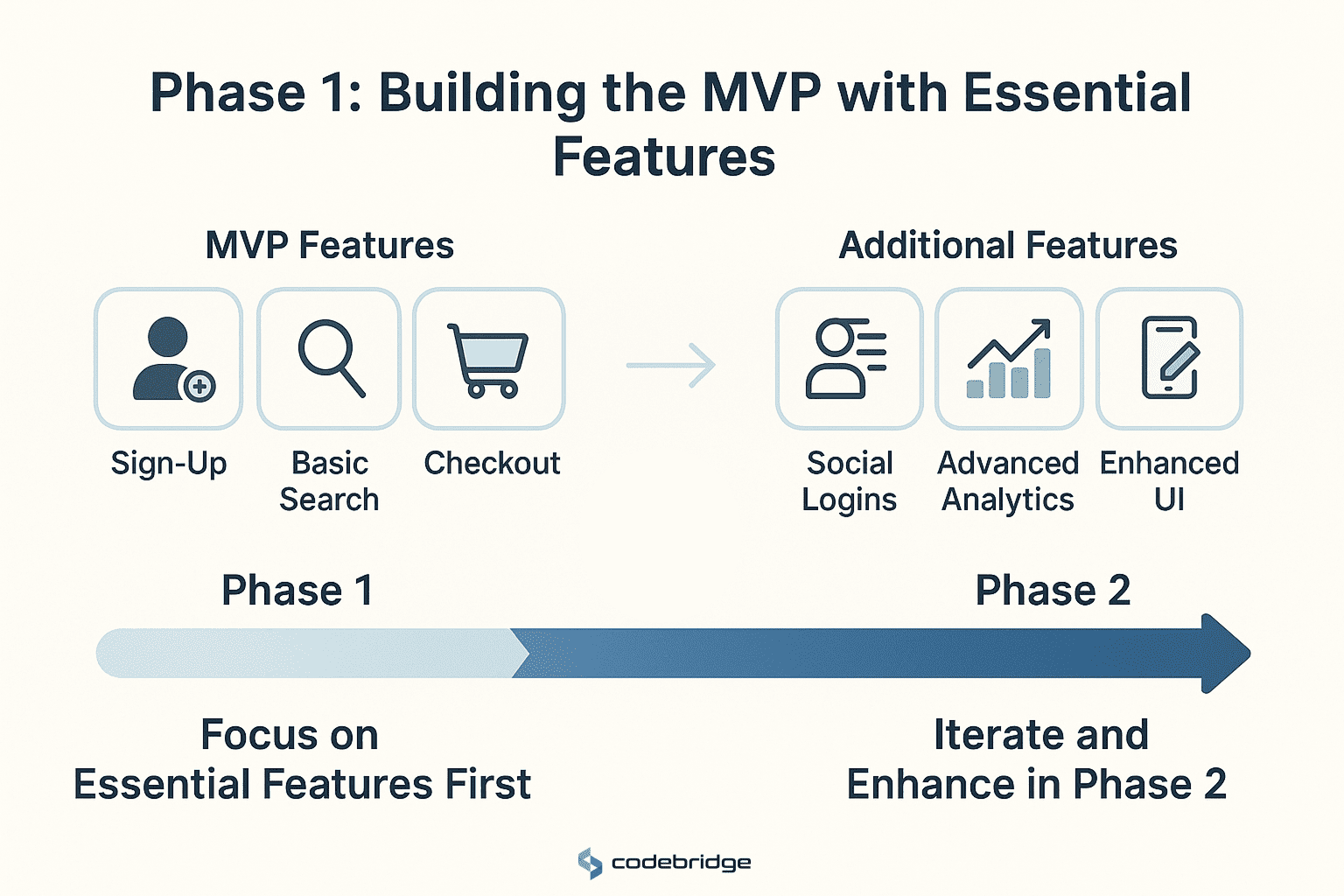
Instead of jumping into feature lists, start by articulating your app’s core value proposition:
- What user problem are you solving?
- What action do you want users to take: purchase, subscribe, contact?
- What metrics matter: DAU, MRR, or lifecycle length?
With that foundation, you can group features into phases: Phase 1 (MVP) with essential user journeys, followed by Phase 2 that adds enhancements like social logins or analytics dashboards. This clarity defines your steps to create a business app and prevents feature creep.
Step 2: Choose the Right Technology Stack
To streamline workload and leverage existing expertise, pick tools with speed and scale in mind:
- Flutter or React Native for cross-platform UI
- Backend as a Service (e.g., Firebase) for built-in auth, database, and hosting
- Third-party APIs for payments (Stripe), messaging (Twilio), or maps (Mapbox)
This setup reduces custom backend work and frees your dev team to focus on differentiation, rather than reinventing basic infrastructure.
By using modern tools in app development for startups, you balance speed and maintainability while minimizing technical complexity.
Step 3: Design an Intuitive User Interface
An effective mobile app development process prioritizes UX from day one. Engage UI designers early to build wireframes and prototypes in tools like Figma or Sketch. Loop developers in for feedback, ensuring technical feasibility and faster hand-offs.
User validation matters; simple usability tests with 5–10 testers can surface major issues before coding. That reduces rework later, keeps your team focused, and results in a sleek, user-first experience.
Outsourcing vs. In‑House Development: Which Option is Best?
Building apps in-house gives you full control, but it can strain your team. Outsourcing offers speed and specialized skillsets. Let’s explore which path fits your context.
The Benefits of Outsourcing App Development
Outsourcing parts of your app can ease pressure on your core team. Ideal candidates include tasks like:
- Building admin dashboards or CMS
- Handling QA/testing and bug fixes
- Writing integration code for third-party services
This model injects capability without adding permanent headcount. For app development for startups, it’s a strategic way to accelerate launch while maintaining focus on proprietary logic and core features.
When In-House Development Makes Sense
If your app’s core experience is tied to IP, user data, or rapid iteration, keeping development internal is wise. In-house devs collaborate faster and absorb product nuance more efficiently.
Consider hybrid models: internal team codes core features, outsourced teams build supporting infrastructure. That way, how to make an app for your business becomes a strategic balance, not a burden.

Tools and Platforms to Simplify App Development for Your Business
A wealth of tools supports efficient and less taxing tool-based mobile app development.
Low-Code/No-Code Platforms: Building Apps Without Coding
Platforms like Bubble, Adalo, and Appgyver allow founders and non-dev staff to build frontend (and some logic) without code. These are perfect for:
- Simple booking or order apps
- Internal workflow and training apps
- Minimum Viable Products (MVPs) before full-scale dev
This keeps your dev team focused on advanced features and scalability.
Using App Builders for Simple Business Apps
Builders like Glide (Google Sheets backend) enable rapid deployment for simpler needs, data display, surveys, contact lists, etc. With minimal front-end hours, you can launch usable apps and test ideas quickly, central to an efficient app development strategy.
Best Practices to Avoid Overburdening Your Development Team
Even with tools and outsourcing, developers need structure and support to thrive. Here’s how to empower them.
Setting Realistic Milestones and Deadlines
Rather than planning all features at once, break development into 1–2 week sprints with defined scope. Allocate capacity by individual dev strengths. This prevents crunch-time and burnout.
The Importance of Regular Communication and Feedback Loops
Daily stand-ups, weekly sprint reviews, and tools like Jira or Trello are crucial. Transparent checkpoints help everyone stay aligned and reduce anxiety, especially useful in app development for startups where priorities shift quickly.
How to Ensure Post‑Launch Success for Your Business App
Launch day is just step one. Success lies in growth and optimization.
Monitoring App Performance and User Engagement
Integrate crash reporting (Sentry), analytics (Firebase, Amplitude), and A/B testing frameworks early. Monitor dashboards daily to catch issues fast and make data-driven updates.
Iterative Improvements Based on User Feedback
Introduce your build to a closed beta group, gather feedback, and make quick, small changes. Monthly updates build confidence and show users you care, essential in a world where business app development is expected to be continuously improving.
Final Thoughts: Making the Right Decisions for Efficient App Development
Building an app doesn’t need to exhaust your team. By focusing on core features, leveraging tools for business app development, outsourcing selectively, and maintaining structured communication, you can deliver a polished app without overworking your developers.
Here’s your roadmap:
- Clarify objectives and essential features
- Choose a stack that aligns with your team’s strengths
- Consider outsourcing smartly where it accelerates delivery
- Use low-code/no-code tools to prototype fast
- Support your team with practical process and schedules
- Monitor, iterate, and improve based on real usage
Answering the question of how to make an app for your business is less about coding more; it’s about balance, support, and strategic execution. This way, your app becomes not a burden on your team, but a springboard for growth. Need expert support to build your app efficiently? Let’s talk and find the smartest path forward for your business.
FAQ
How can businesses build an app without overworking their development team?
Businesses can avoid burnout by using a structured planning process, prioritizing essential features, and adopting agile development practices. Clear communication, realistic timelines, and well-defined requirements help the dev team stay focused while maintaining a healthy workload.
Why is feature prioritization important for preventing developer burnout?
Feature prioritization ensures the team works on the most impactful tasks first, reducing unnecessary pressure and avoiding scope creep. When businesses focus on delivering a minimum viable product (MVP), developers can maintain a manageable pace while still achieving meaningful results.
What role does outsourcing play in reducing stress on internal development teams?
Outsourcing allows businesses to supplement internal resources with experienced external specialists. This reduces the workload on internal teams, speeds up development, and ensures critical tasks are handled by experts. It also helps maintain team morale and prevents burnout during high-demand periods.
How can agile development methods support healthier work conditions for developers?
Agile methods break projects into manageable sprints with clear goals and review cycles. This helps developers stay organized, reduces last-minute rushes, and encourages continuous communication. Agile keeps workloads balanced, making the app development process smoother and more sustainable.
Why is communication essential when building a business app efficiently?
Open communication helps prevent misunderstandings, rework, and unnecessary stress. When stakeholders provide clear feedback and developers have space to share challenges, the team can resolve issues early. Effective communication results in a more efficient workflow and a healthier work environment.
How can automation tools help reduce burnout during app development?
Automation tools handle repetitive tasks such as testing, deployment, and performance monitoring. By reducing manual workload, developers can focus on higher-value work like coding and feature development. Automation increases efficiency, improves accuracy, and helps maintain a manageable pace for the team.
Heading 1
Heading 2
Heading 3
Heading 4
Heading 5
Heading 6
Lorem ipsum dolor sit amet, consectetur adipiscing elit, sed do eiusmod tempor incididunt ut labore et dolore magna aliqua. Ut enim ad minim veniam, quis nostrud exercitation ullamco laboris nisi ut aliquip ex ea commodo consequat. Duis aute irure dolor in reprehenderit in voluptate velit esse cillum dolore eu fugiat nulla pariatur.
Block quote
Ordered list
- Item 1
- Item 2
- Item 3
Unordered list
- Item A
- Item B
- Item C
Bold text
Emphasis
Superscript
Subscript
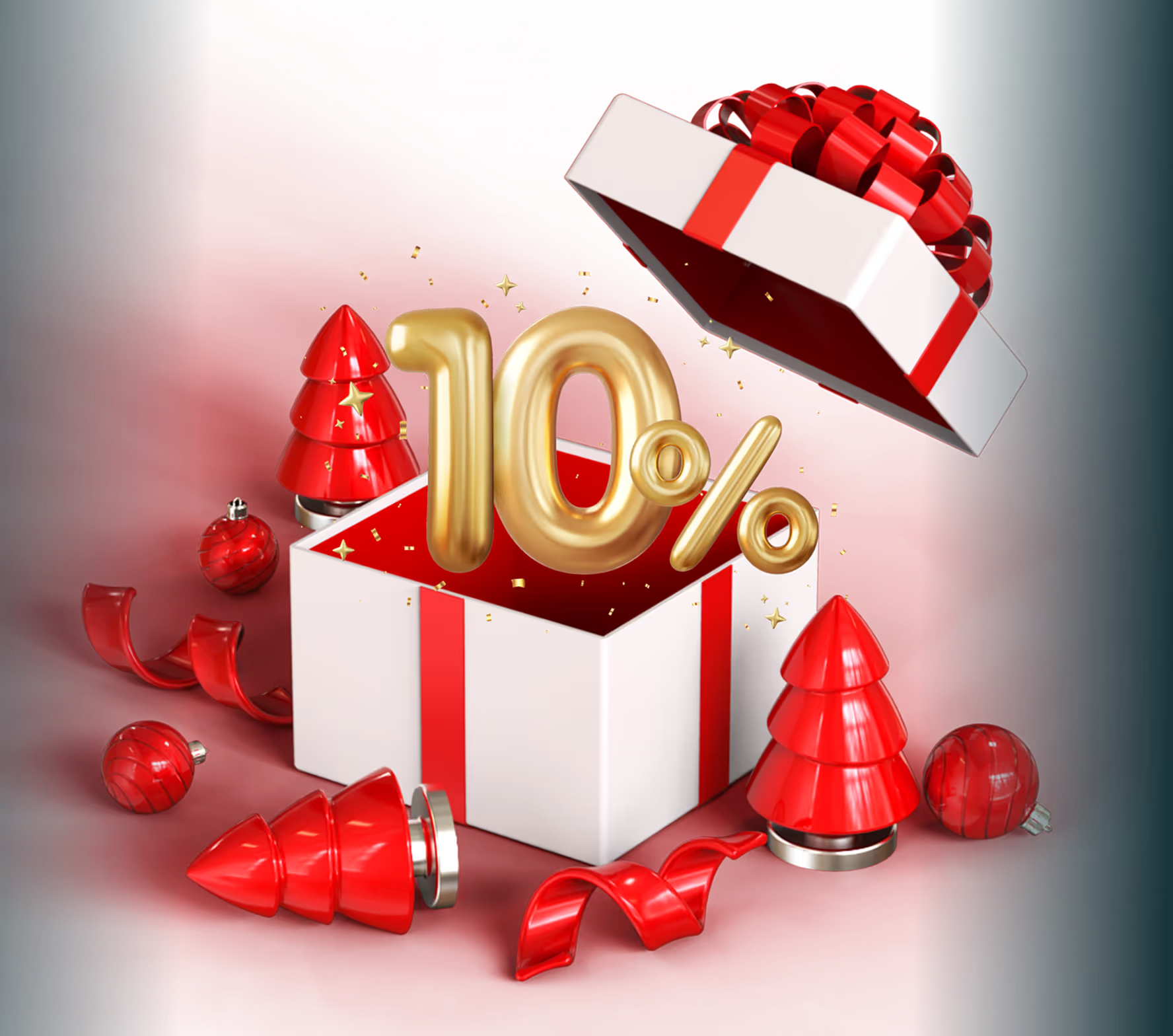






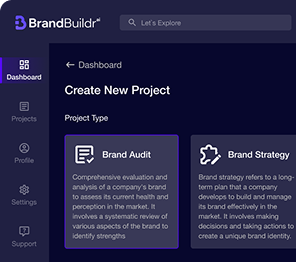











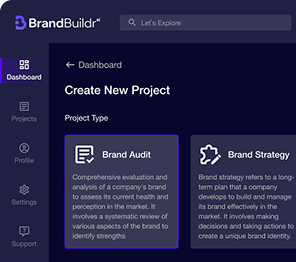

.avif)



.avif)

.avif)


